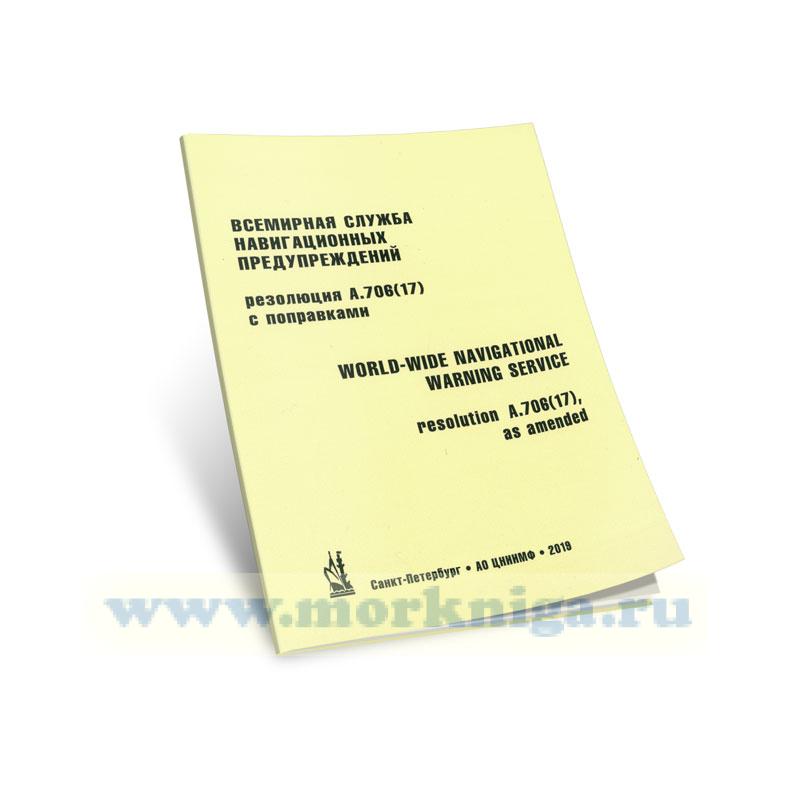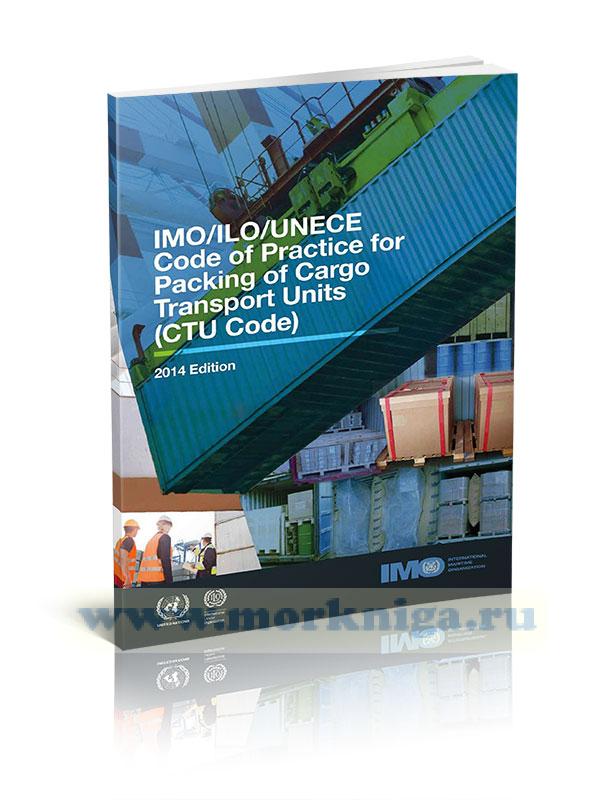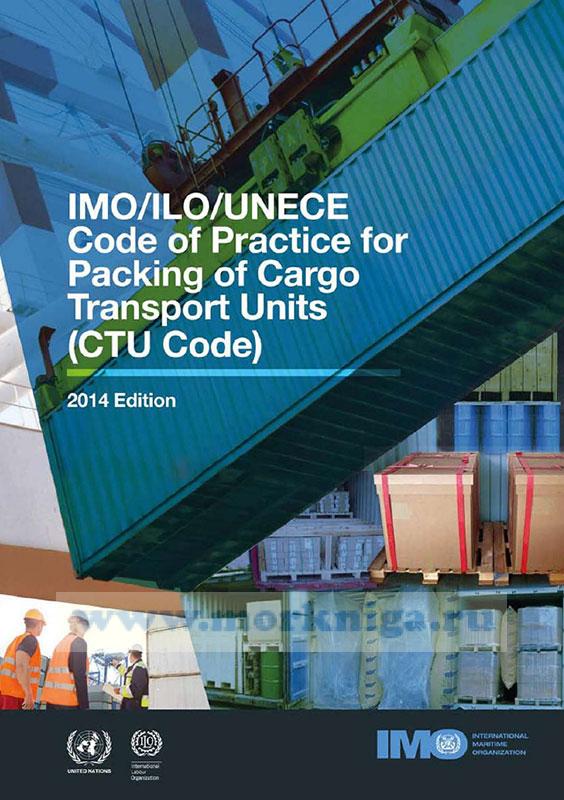Сб с 10 до 16
IMO/ILO/UNECE Code of Practice for Packing of Cargo Transport Units (CTU Code)
-
 Резолюция MSC.80(70). Принятие новых эксплуатационных требований к радиооборудованию
Резолюция MSC.80(70). Принятие новых эксплуатационных требований к радиооборудованию
-
 Резолюция А.880(21). Внедрение Международного кодекса по управлению безопасностью (МКУБ) с 1 июля 2002 г.
Резолюция А.880(21). Внедрение Международного кодекса по управлению безопасностью (МКУБ) с 1 июля 2002 г.
-
 Всемирная служба навигационных предупреждений. Резолюция А.706(17) с поправками. World-wide navigational warning service. Resolution А.706(17) as amended
Всемирная служба навигационных предупреждений. Резолюция А.706(17) с поправками. World-wide navigational warning service. Resolution А.706(17) as amended
Many incidents in transport are attributed to poor practices in the packing of cargo transport units, including inadequate securing of the cargo, overloading, and incorrect declaration of contents. This is of major concern, particularly because the victims may be the general public, or transport and supply chain workers who generally have no control over the packing of such units.
The Code of practice for packing of cargo transport units (CTU Code), a joint publication of the International Maritime Organization (IMO), the International Labour Organization (ILO) and the United Nations Economic Commission for Europe (UNECE), addresses these concerns through a non-mandatory global code of practice for the handling and packing of shipping containers for transportation by sea and land.
Within the CTU Code, comprehensive information and references on all aspects of loading and securing of cargo in containers and other intermodal transport are provided, taking account of the requirements of all sea and land transport modes. The CTU Code applies to transport operations throughout the entire intermodal transport chain and provides guidance not only to those responsible for packing and securing cargo, but also to those who receive and unpack such units. It also addresses issues such as training, and the packing of dangerous goods.
The CTU Code is intended to assist the industry, employers’ and workers’ organizations, and Governments in training their staff on the safe stowage of cargo in containers. The CTU Code could also be used as a reference resource for national regulations and could become a model for internationally harmonized legislation in this field, should a need for such requirements arise.
Contents
Foreword
Preamble
Chapter 1 Introduction
Chapter 2 Definitions
Chapter 3 Key requirements
Chapter 4 Chains of responsibility and information
Chapter 5 General transport conditions
Chapter 6 CTU properties
Chapter 7 CTU suitability
Chapter 8 Arrival, checking and positioning of CTUs
Chapter 9 Packing cargo into CTUs
Chapter 10 Additional advice on the packing of dangerous goods
Chapter 11 On completion of packing
Chapter 12 Advice on receipt and unpacking of CTUs
Chapter 13 Training in packing of CTUs
Annexes
Annex 1 Information flow
Annex 2 Safe handling of CTUs
Annex 3 Prevention of condensation damages
Annex 4 Approval plates
Annex 5 Receiving CTUs
Annex 6 Minimizing the risk of recontamination
Annex 7 Packing and securing cargo into CTUs
Appendix 1 Packaging marks
Appendix 2 Friction factors
Appendix 3 Practical methods for the determination of the friction factor ?
Appendix 4 Specific packing and securing calculations
Appendix 5 Practical inclination test for determination of the efficiency of cargo securing arrangements
Annex 8 Access to tank and bulk tops, working at height
Annex 9 Fumigation
Annex 10 Topics for consideration in a training programme

